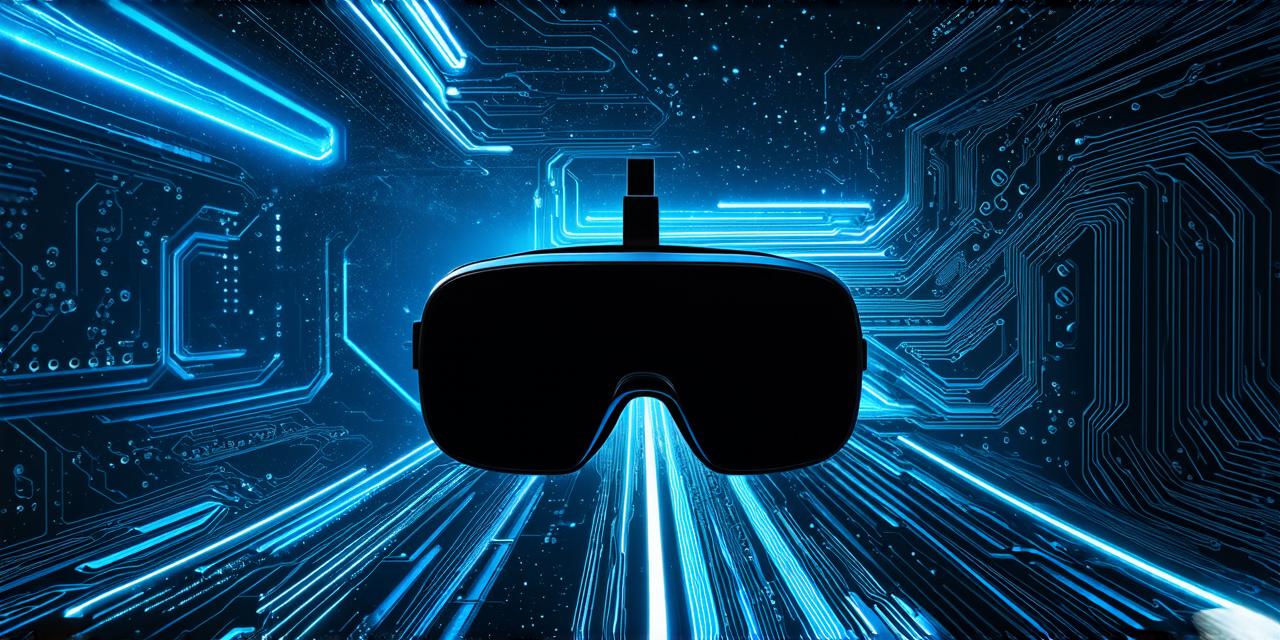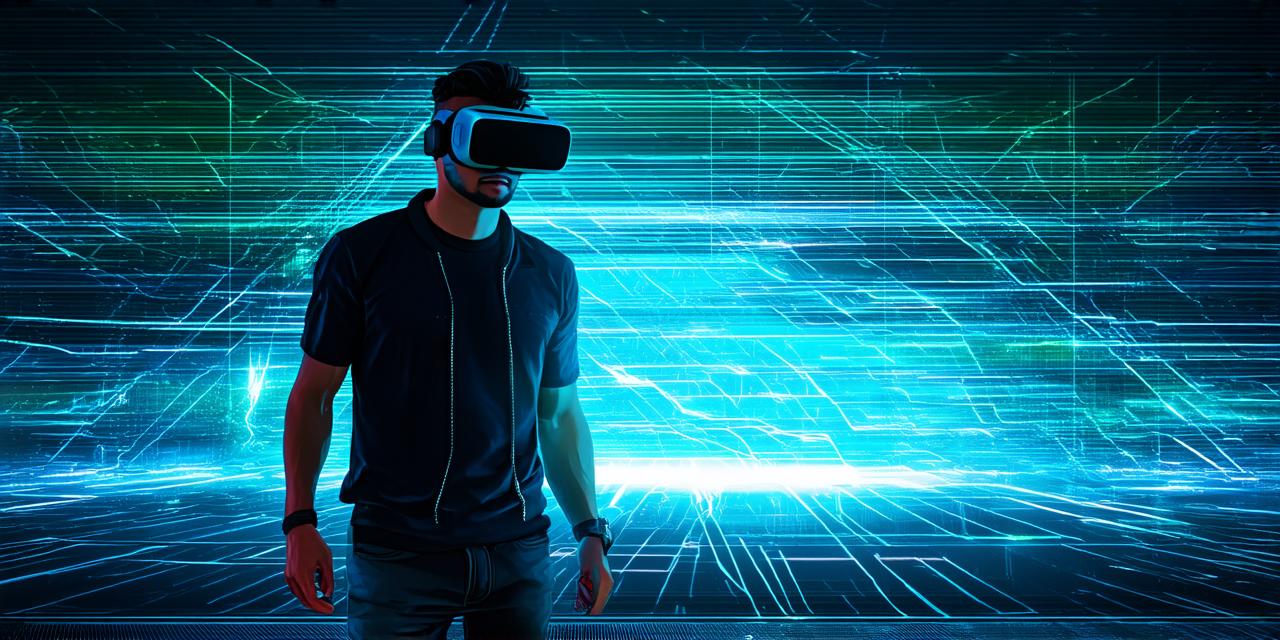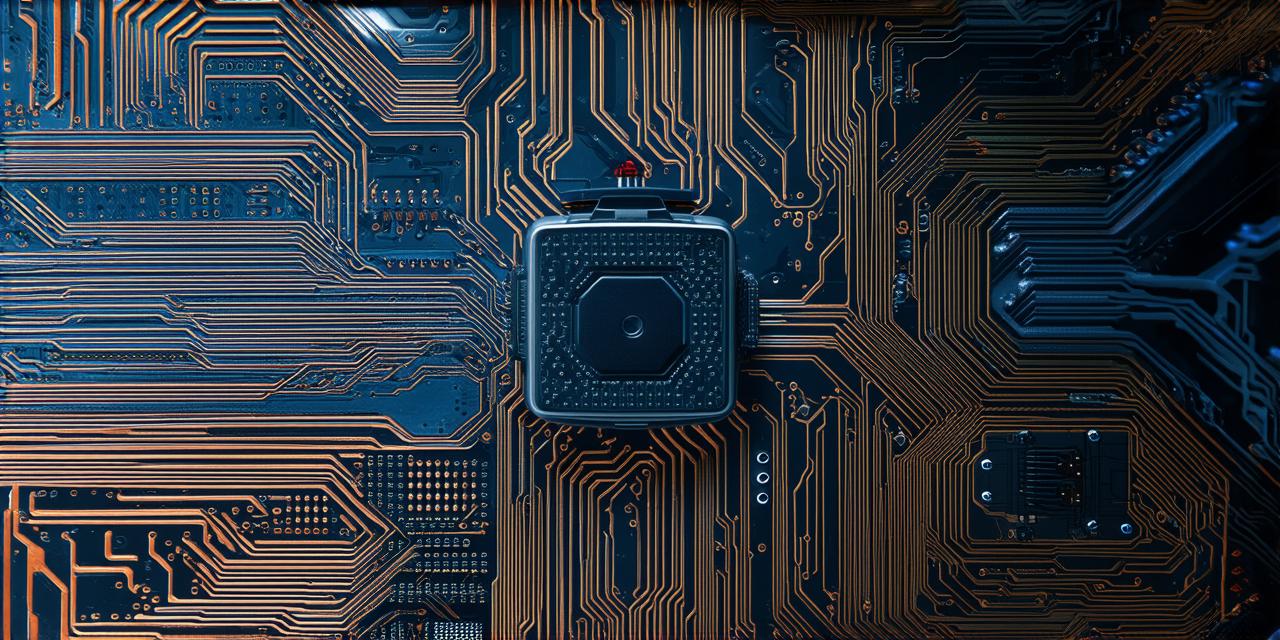Virtual reality (VR) is an exciting technology that allows users to enter a digital world and interact with it as if it were real. With VR, the possibilities are endless – you could create your own virtual escape room, design a virtual tour of a museum or even build a virtual roller coaster.
1. Define Your Concept
Before you start designing your VR experience, it’s important to have a clear concept in mind. This could be anything from a simple interactive game to a more complex educational or training program. Think about what you want the user to achieve in the virtual world and how you can make that happen.
2. Choose Your Platform
There are several VR platforms available, including Oculus Rift, HTC Vive, Samsung Gear VR, Google Daydream and PlayStation VR. Each platform has its own strengths and weaknesses, so it’s important to choose the one that best suits your needs. Consider factors such as user experience, performance, cost and compatibility with other software when making your decision.
3. Create Your Environment
Once you have a concept and a platform in mind, it’s time to start creating your virtual environment. This will involve designing the 3D models, textures and lighting of the virtual world. You can use specialized software such as Unity or Unreal Engine to create your VR experience, or you can use pre-made assets from online marketplaces.
4. Add Interactivity
The key to a great VR experience is interactivity. Users need to feel like they are truly immersed in the virtual world and have the ability to affect what happens within it. This could involve adding physical movements, gestures or voice commands. You can use motion capture technology to track user movements and translate them into virtual actions.
5. Test and Refine
Designing a VR experience is an iterative process – you will need to test the experience multiple times to ensure that it works as intended. Get feedback from beta testers and users to identify areas where the experience could be improved. Don’t be afraid to make changes – VR technology is constantly evolving, and there is always something new to learn.
6. Launch Your Experience
Once you have a polished VR experience, it’s time to launch it! Consider marketing your experience through social media, online marketplaces or even partnering with other companies to reach a wider audience. Make sure to optimize your experience for search engines by including relevant keywords and metadata.

7. Monitor Your Experience
After you have launched your VR experience, it’s important to monitor its performance. Keep track of user engagement, feedback and sales. Use this information to improve your experience and make sure it continues to meet the needs of your users.
FAQs
* How do I create 3D models for my VR experience?
You can use specialized software such as Blender or Maya to create 3D models, or you can use pre-made assets from online marketplaces.
* What is motion capture technology?
Motion capture technology uses sensors and cameras to track user movements and translate them into virtual actions.
* How do I optimize my VR experience for search engines?
Include relevant keywords and metadata in your experience, such as titles, descriptions and tags.




